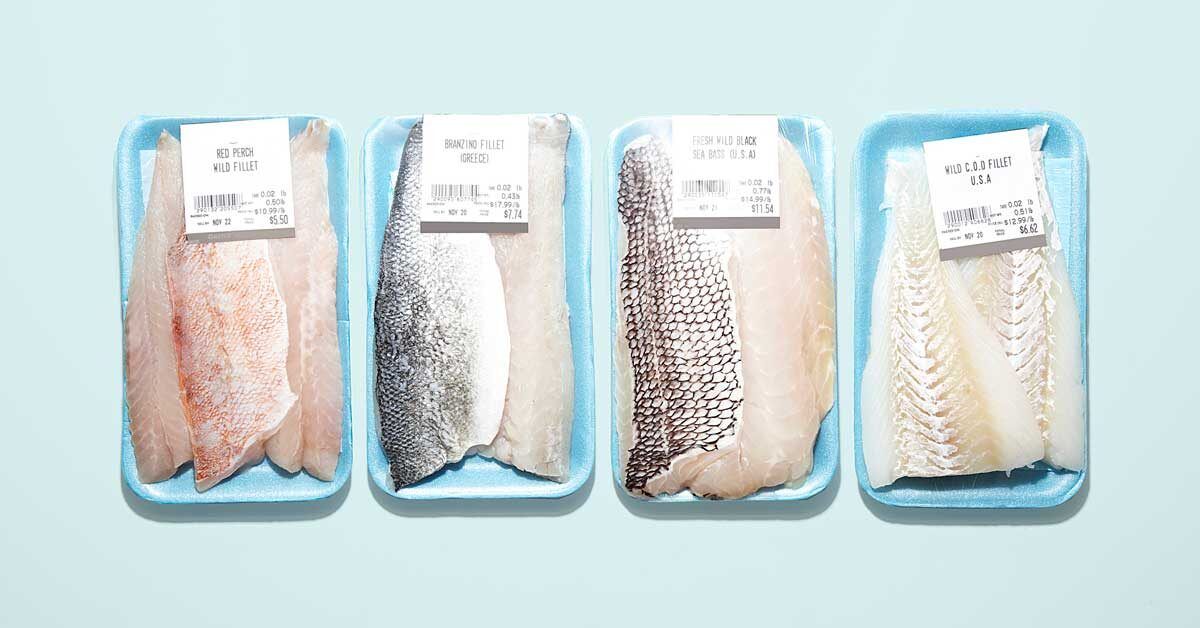
Unfortunately, the low-fat and fat-free mantra of the 80s and 90s still lingers with some folks. I have had an increasingly large number of clients (who are mostly over 50 years of age) still purchasing low-fat and fat-free foods. They suffer from low hormones, memory problems and low grade inflammation. Deficiencies in fatty acids can also lead to musculoskeletal issues, endocrine problems, immune issues, allergies, skin problems and even depression.
It is unfortunate that dietary fat has the same name as body fat, because people assume that eating fat makes them fat or increases their cholesterol levels. This is simply not true. Just as with low-calorie diet messaging, this is not the whole story. This reductionist approach fails to consider the complexities of metabolism. Different types of calories (carbohydrates, fat, and protein) are broken down and utilized differently. In fact, eating more fat promotes your body’s ability to burn it (versus being stuck in a sugar-burning mode, which often leads to weight gain)!
Dietary fat is necessary for many things in the body. We need healthy fats for absorption of fat-soluble vitamins A, D, E & K, inflammation management, sex hormone production, stable energy, cell membrane structure and signaling and increasing satiety. We need a mixture of healthy fatty acids in our diet to maintain optimal health.
Some of the best sources of Omega 3 fats are cold-water fish, grass-fed beef, flax seeds and hemp. Examples of good sources of Omega-6s are black currant seed, evening primrose and sesame oil. Healthier saturated fats are raw dairy, butter, pasture-raised eggs, and animal flesh from pasture-raised, grass-fed animals. Omega-9 sources are extra virgin olive oil, avocado oil and almond oil. The ratio of Omega-6s to Omega-3s in the diet should be approximately 1:1.
We have an epidemic of healthy fatty acid deficiency in the U.S. because our diet is heavily geared towards soybean, canola, corn, cottonseed, safflower and sunflower oils, along with partially hydrogenated fats and fried fats. These fats are toxic and interfere with the essential roles fatty acids play within a healthy body. These oils are unstable and very sensitive to light, heat and oxygen and become rancid easily.
Low-fat and fat-free products are often laden with added sugars to compensate for the missing fat (and flavor). So be very wary of low-fat marketing claims and look for full fat products the next time you’re at the store. If you need support with your health, consider Nutritional Therapy. You can reach me at www.UnlockBetterHealth.com.



